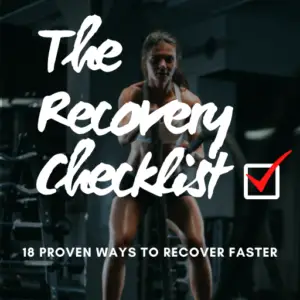Do you feel like an elderly great-grandparent when you crawl out of bed? Does low back pain make your morning move in slow-motion?
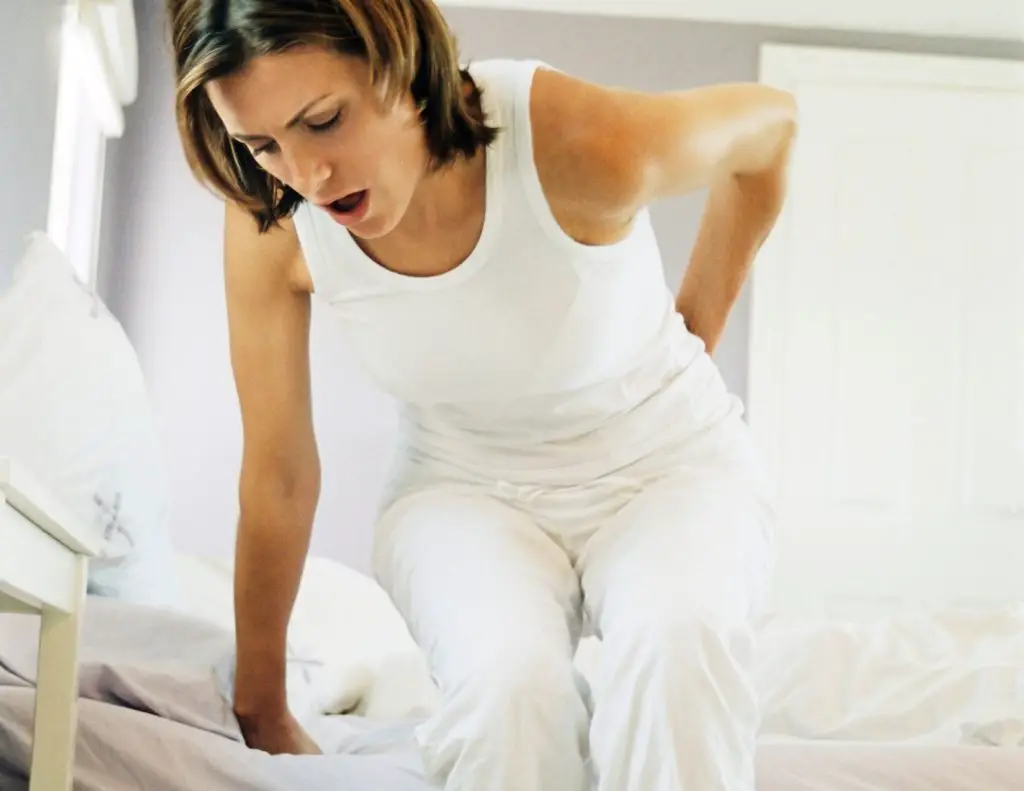
Early morning stiffness is a common feature of lower back pain. Back pain can even lower your sleep quality. Here are five common reasons your back hurts in the morning.
1) Payback Pain
Doing too much activity causes payback pain the next day. When your back hurts in the morning, consider what happened the day before.
Did you move a pile of heavy boxes? Or sit in the car all day? Or play 36 holes of golf?
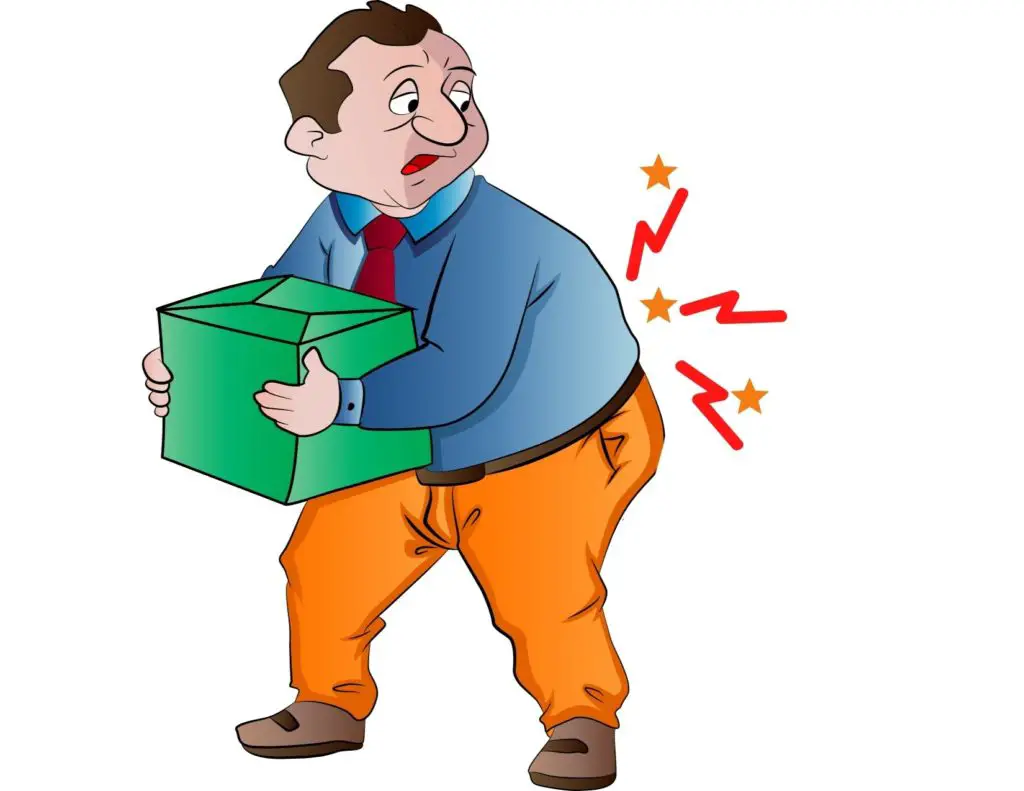
These activities can cause back pain and stiffness the next morning. Likewise, it’s normal to feel low back tightness the day after a hard squat or deadlift session.
Related: What Causes Lower Back Pain After Deadlifts? (And 5 Simple Solutions)
If your back is stiff and sore from doing an unusual activity the day before, don’t panic. Panic only makes back pain worse. Instead, continue your normal daily activities, sit with good posture and avoid aggravating movements.
2) The Intervertebral Disc
The spinal discs sit between the vertebrae. These intervertebral discs provide shock absorption and allow the spine to move freely.
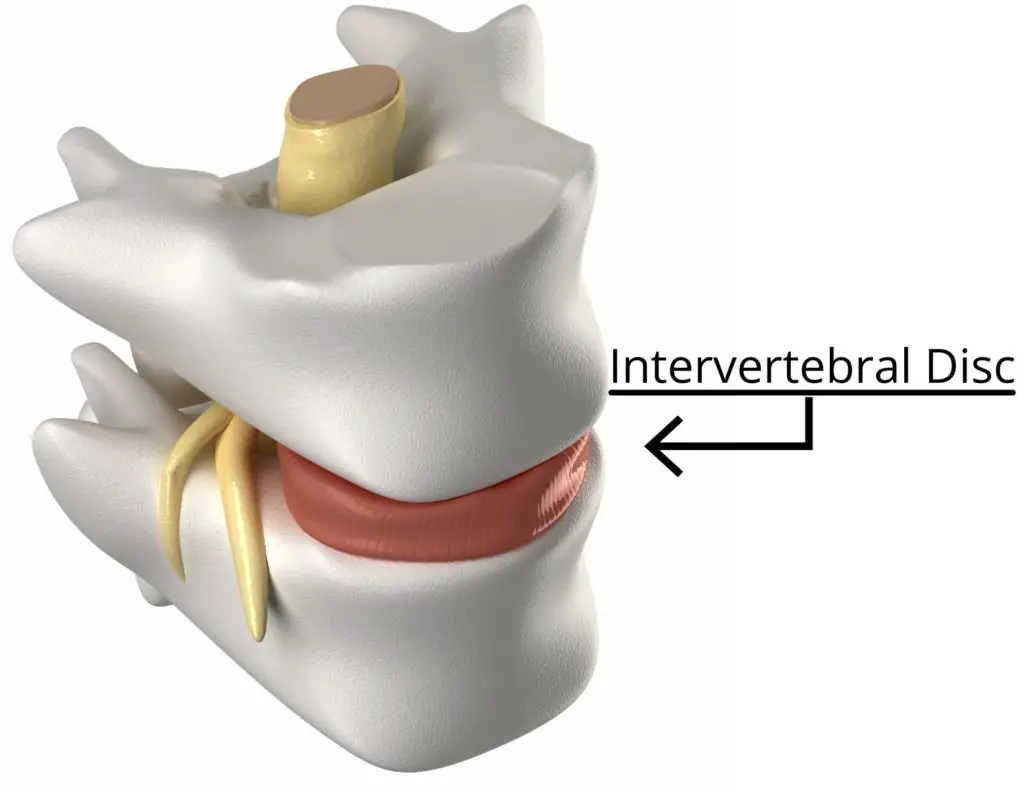
Disc pressure changes throughout the day. This contributes to lower back stiffness in the morning.
Here’s how it works:
During the day, as we stand and sit, gravity creates compressive forces on the discs. Because of these forces, discs normally lose a little bit of hydration over the course of the day.
It’s like a tire with a slow leak. Over time, the internal tire pressure drops. At night, when we’re horizontal, our discs rehydrate–the leaky tire gets reinflated.
Fun fact: Because discs are well-hydrated after sleep, we’re tallest in the morning!
Since the discs are more hydrated in the morning, the spine feels more stiff. It’s not a bad thing. It’s a normal phenomenon for people with healthy lumbar spines.

In the presence of disc problems, like a bulging or herniated disc, symptoms feel worse in the morning. It’s for the same reason–there’s more pressure and stiffness around the spine because the discs are maximally hydrated. Common symptoms of disc issues include low back pain and difficulty straightening up.
If you’re dealing with a disc issue, avoid sitting with poor posture and repetitive bending the first 2 hours of the day. It can dramatically improve pain and function, even for individuals with chronic pain! (1)
Disc problems rarely require surgery. Physical therapy is the best option for disc-related pain. And the good news is that herniated discs heal on their own (2).
Contrary to popular belief, disc issues aren’t always a serious problem. In fact, they’re usually asymptomatic–meaning they cause zero pain symptoms. MRIs of healthy, pain-free 30-year-olds found disc bulges in 40% of the study participants! (3)
Many physical therapists use the McKenzie method to treat disc-related spine pain. It’s among the best treatment options for low back pain (4). The McKenzie system uses repeated motions to reduce pain and improve mobility.
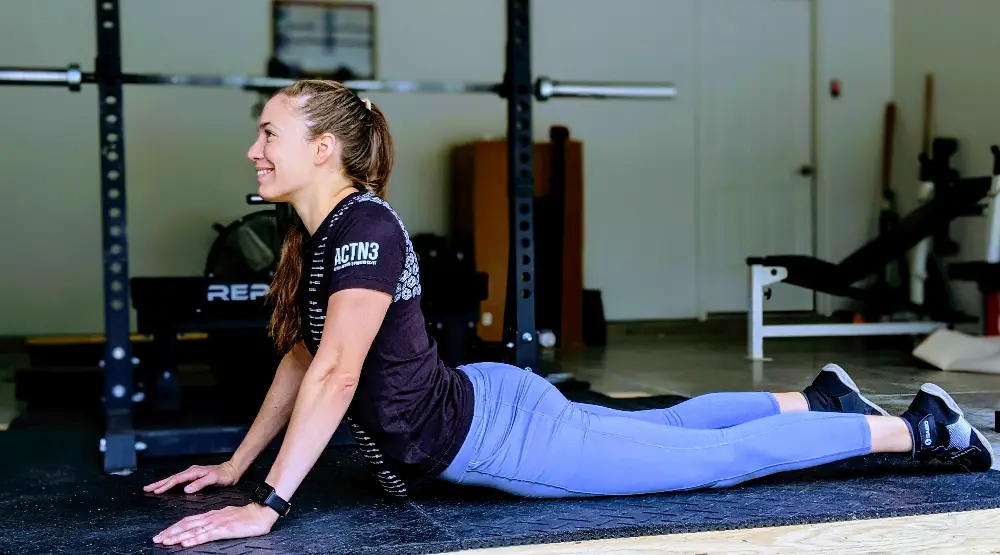
Learn more in the best-selling Treat Your Own Back book that helped me take control of my chronic low back pain.
3) Arthritis
As we age, arthritis, bone spurs, and degenerative changes around the spine are inevitable. But pain isn’t.
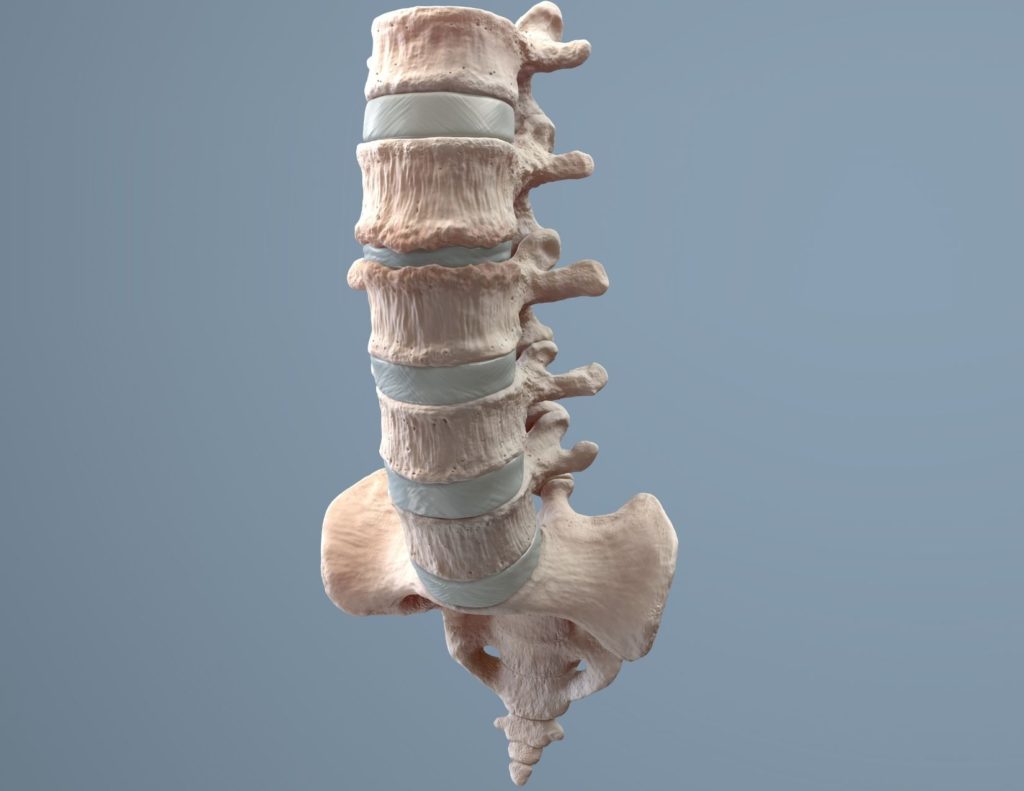
93% of pain-free 70-year-olds have disc degeneration, pictured above. It’s a lot like getting wrinkles on our faces as we get older (3).
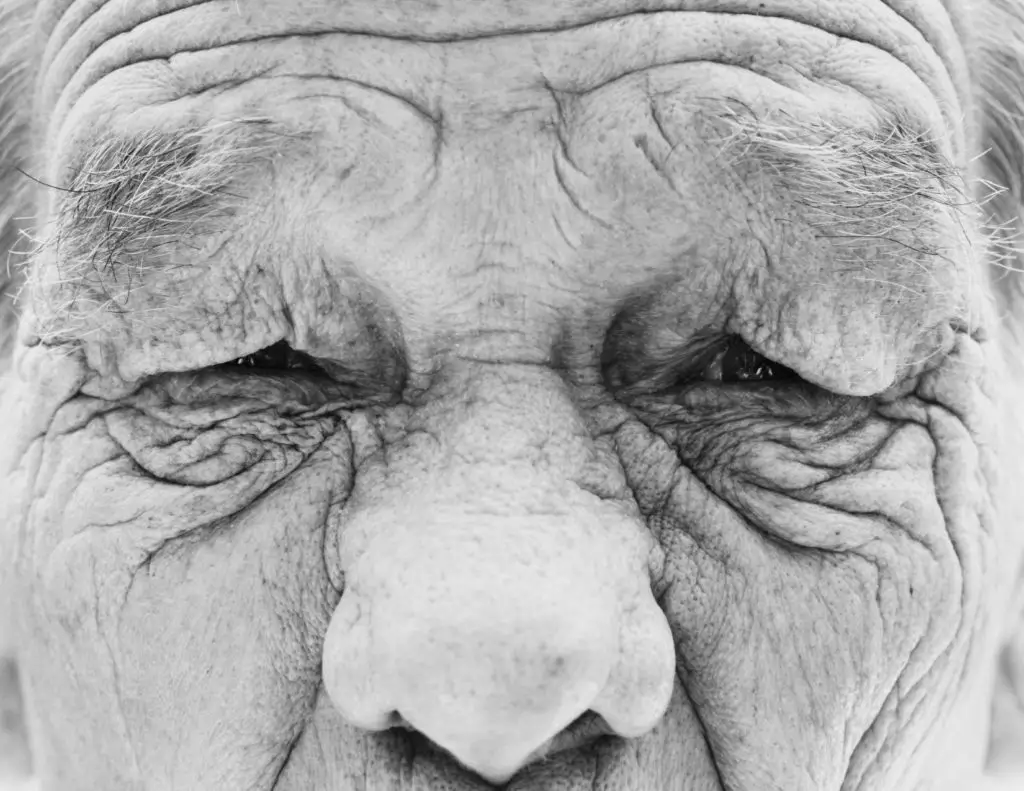
Though it sounds scary, degenerative disc disease affects almost everyone’s spine. Fortunately, it’s often pain-free and doesn’t diminish quality of life.
Arthritis (also called disc degeneration) causes morning stiffness. Gentle movement is the best way to loosen up a stiff back early in the day.
Lower trunk rotation is my favorite mobility exercise to gently loosen up the lumbar spine before climbing out of bed in the morning. It’s a great way to unlock a stiff spine and prepare it for the day.
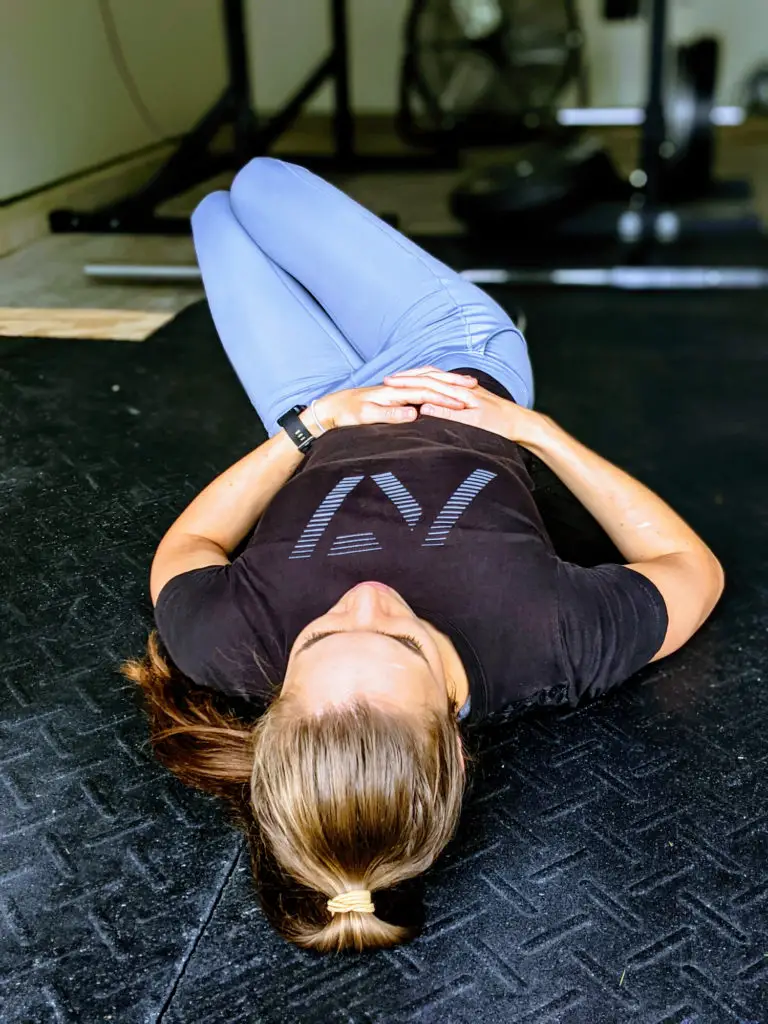
Start on your back, bend the knees, and keep the feet together. Gently move the knees side-to-side to loosen the hips and lower back. Keep it slow and pain-free.
Also, resistance training and running make the back strong and sturdy. Staying active can ward off serious degenerative changes and keep your spine healthy.
The human body adapts to loading. When we lift weights, our bones and muscles grow stronger.
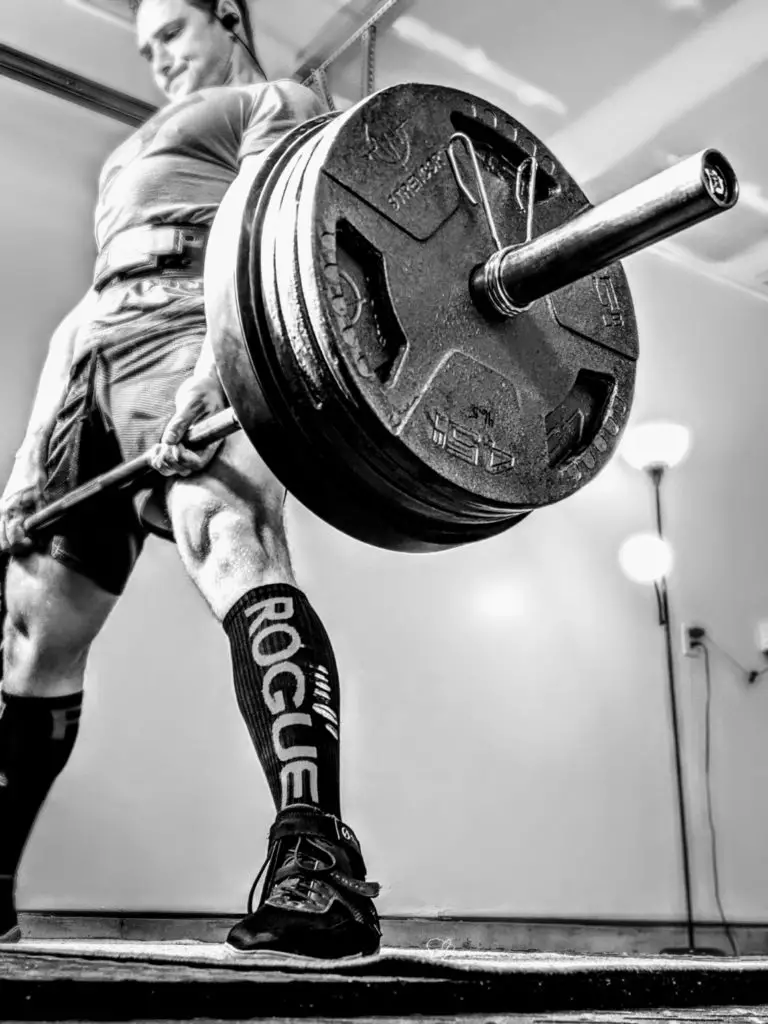
Discs adapt to loading too–runners have thicker discs than sedentary individuals! (5)
4) Your Mattress
A mattress is like a pair of jeans. It’s not one-size-fits-all, and the wrong one feels exquisitely uncomfortable. Sleeping on an old, saggy mattress is not ideal for your lower back. Plus, if you don’t have a good mattress, it’s difficult to get quality sleep.
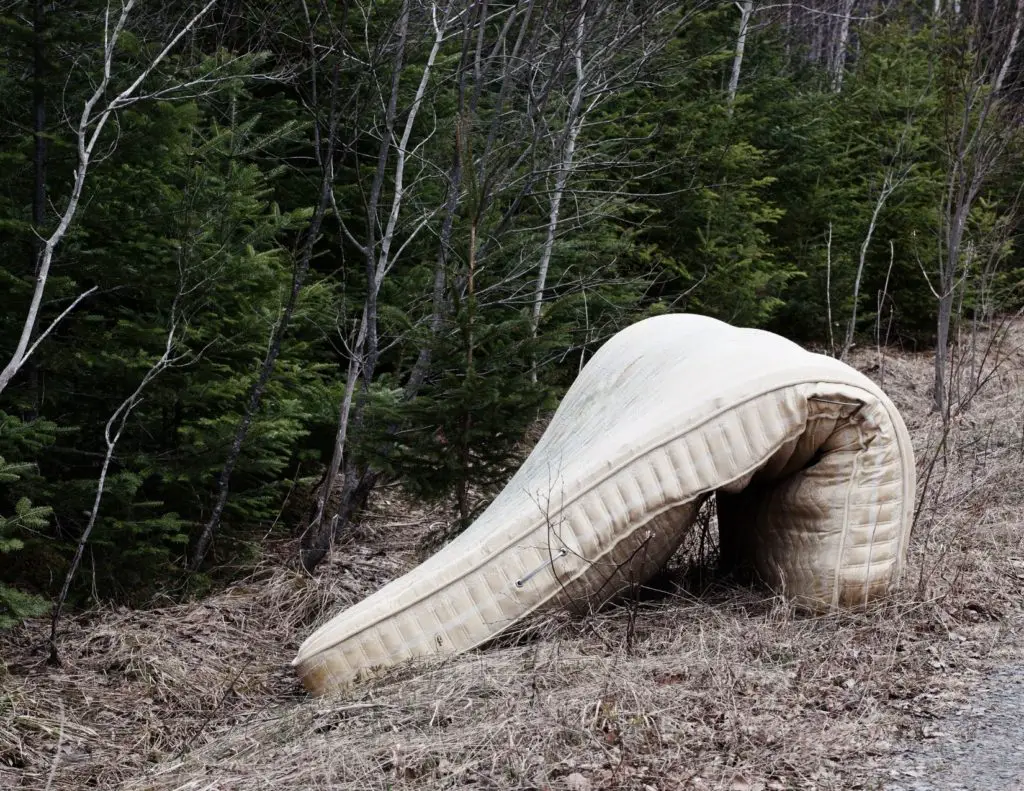
Here are 4 signs you have a bad mattress:
- Your mattress is a family heirloom, passed down 6 generations
- You and your partner fight over who gets to sleep on the couch
- The mattress is u-shaped so you always end up in the middle of the bed
- You’ve plotted to steal the hotel mattress by shoving it out the 5th-story window
Generally, firmer mattresses support the spine better. But everyone’s different. Some people wake up feeling limber after sleeping on a soft mattress. The key is finding the right mattress for you.
Personally, I’ve enjoyed restful sleep on a Tuft & Needle mattress for the past 5 years. The mattress is breathable, supportive, and moderately firm. If you’re looking for a new mattress, give this one a close look.
There’s no “perfect mattress” for everyone. But a lumpy, unsupportive mattress isn’t doing your back any favors.
5) Your Sleeping Position
Just like there’s no perfect mattress, there’s not one “right way” to sleep. It’s personal preference. I’ll show you a few techniques to make sleeping more comfortable for your lower back, regardless of your preferred position.
Back Sleepers

Anatomically, lying on your back is the best sleeping position for your spine. Slide one or two pillows under your knees. The pillows unload your lumbar spine, making you more comfortable.
Side Sleepers
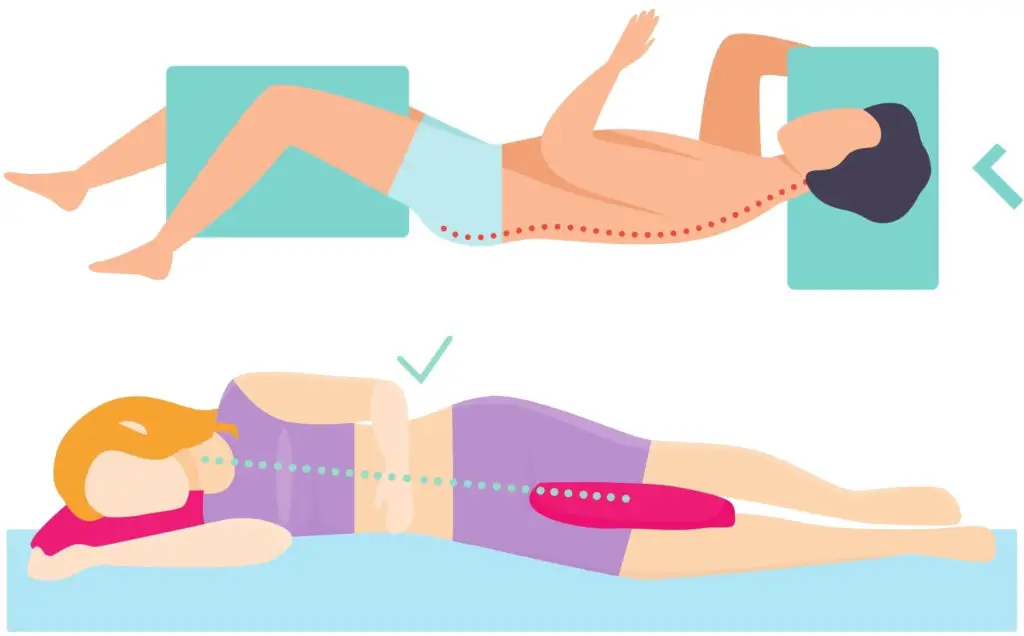
Side-sleeping without support isn’t conducive to keeping a neutral spine. Here’s how to stay in a good position:
Place a king-size pillow or body pillow between the knees. This keeps the legs in a neutral position and avoids torquing the spine with frontal plane forces. The pillow should support your upper leg, from hip to knee, and your lower leg, from knee to ankle.
If you’re looking for a high quality body pillow, check out this one.
Also, place a folded towel or small pillow between the top of your hip bone and the bottom of the rib cage. This reduces how much they hips sink into the mattress. This trick improves spinal alignment, keeping your back in a neutral position.
Stomach Sleepers
Anatomically, stomach sleeping isn’t ideal. It puts the neck in an unnatural position. The head is turned to the side so you can breathe.
But it’s very difficult to change from a stomach sleeper to a back or side sleeper. I know, because I’m a stomach sleeper. And I’ve tried to change.

To make stomach sleeping more comfortable for the lower back, opt for a firmer mattress. Also, try placing a pillow under the lower abdomen area to keep the spine in a neutral position.
Otherwise, the low back is forced into a very extended position. Using a large pillow for your head extends the lumbar spine even more! The back is made to extend (bend backwards), but it gets uncomfortable when it’s extended for a long time.
For more tips on optimizing sleep position, read this article on easing neck and shoulder pain from sleeping.
The Best Treatment
Whether you’re dealing with new or chronic back pain, it’s a good idea to see a physical therapist. Getting physical therapy first is the fastest, most cost-effective way to feel better (6).
A skilled physical therapist will develop a customized treatment plan to get your spine feeling better. You’ll enjoy better sleep and wake up feeling more energetic.
Readers: Have you experienced low back pain in the morning? How did you treat it? What worked? What didn’t? Share your experience in the comments.
For more evidence-based insights you won’t find anywhere else, join the free, fast-growing Facts & Physio Newsletter. Plus, get The Recovery Checklist when you sign up.

